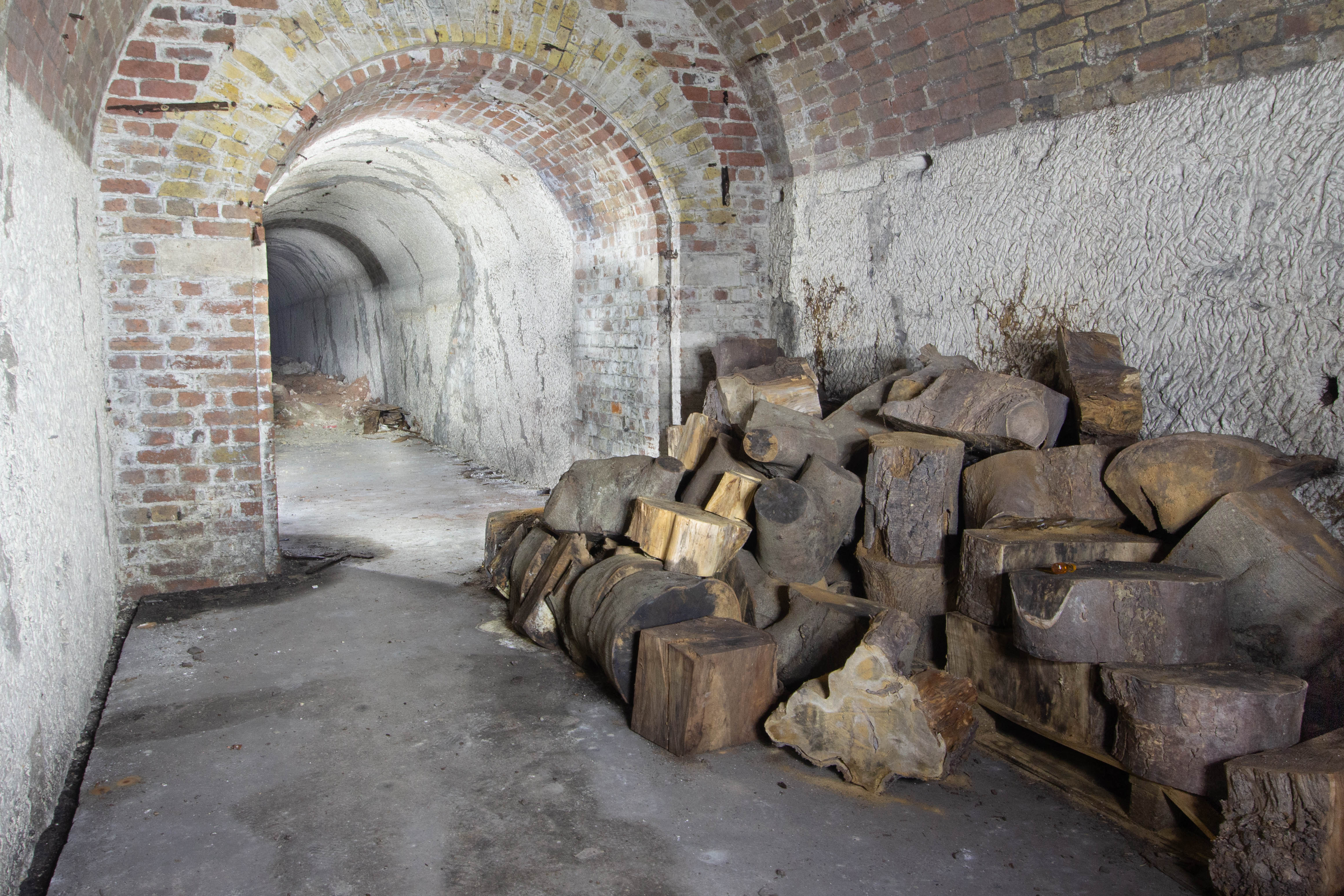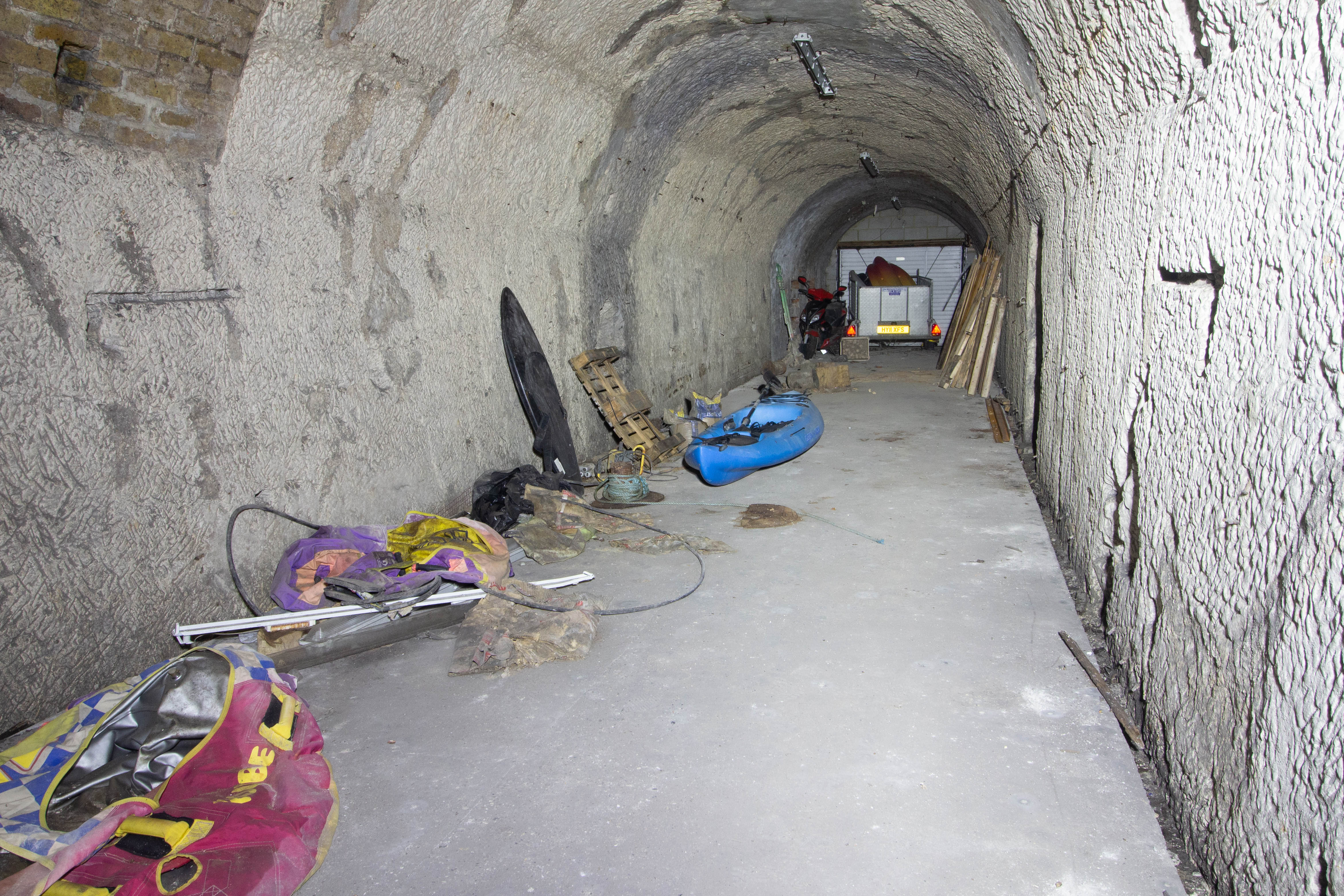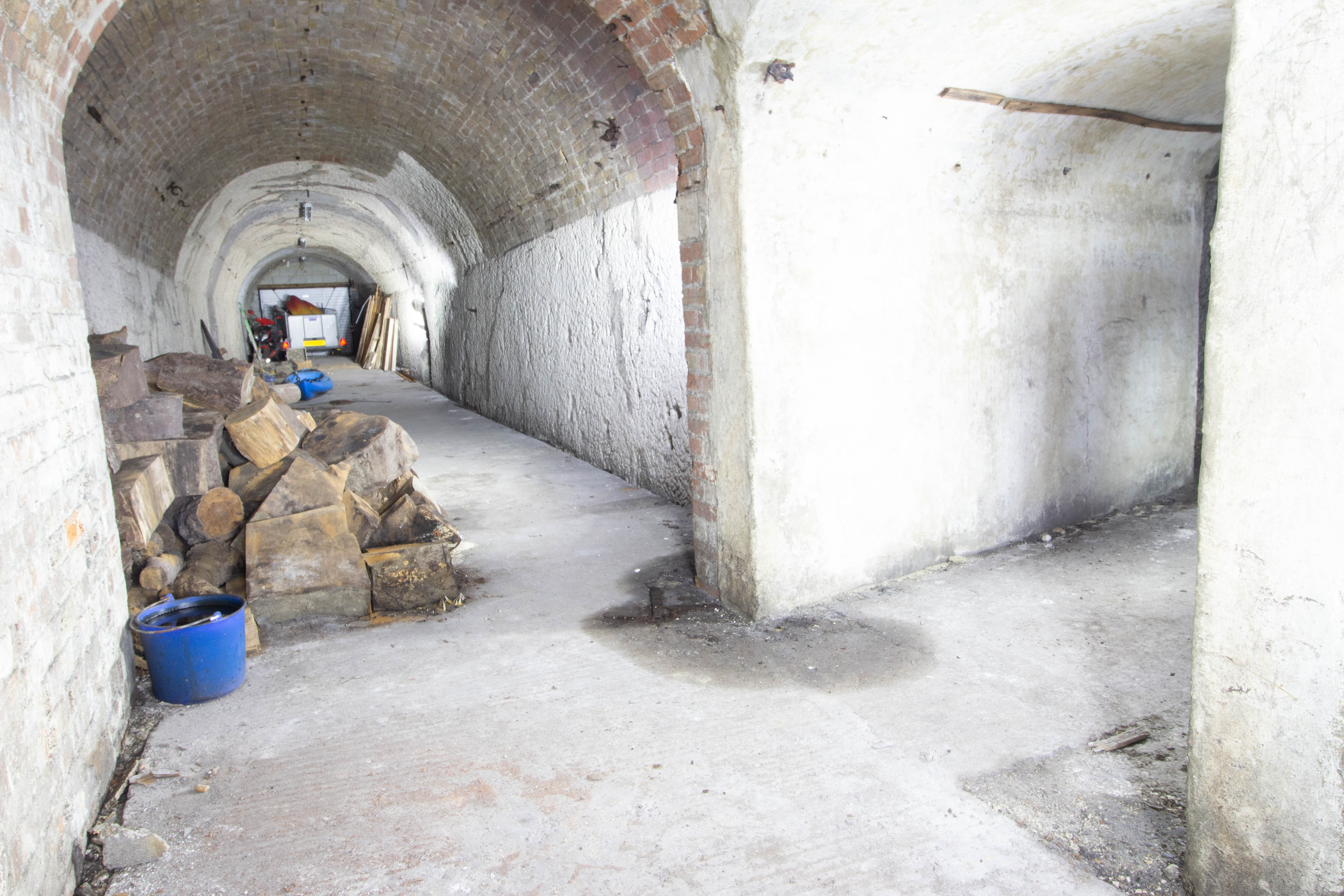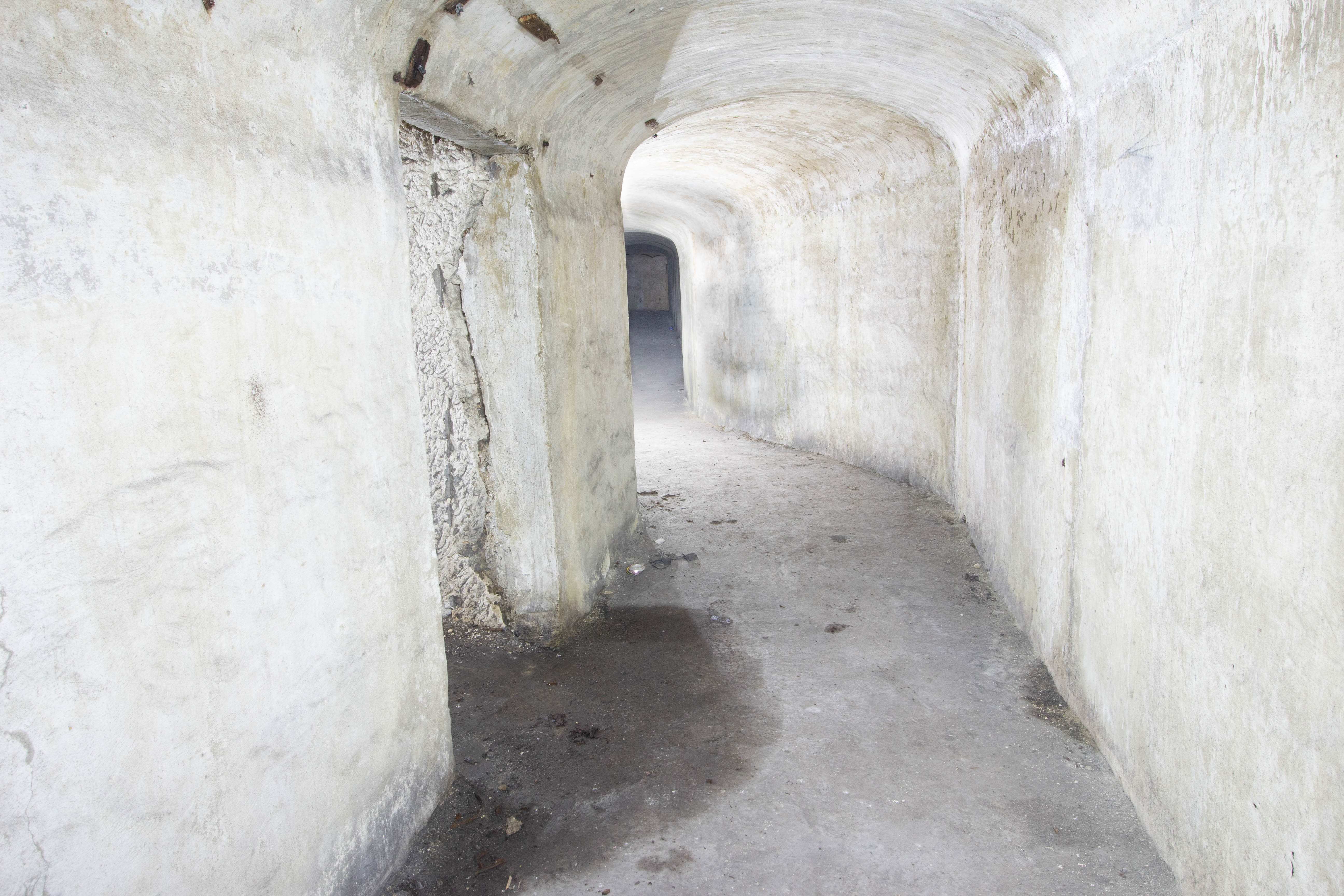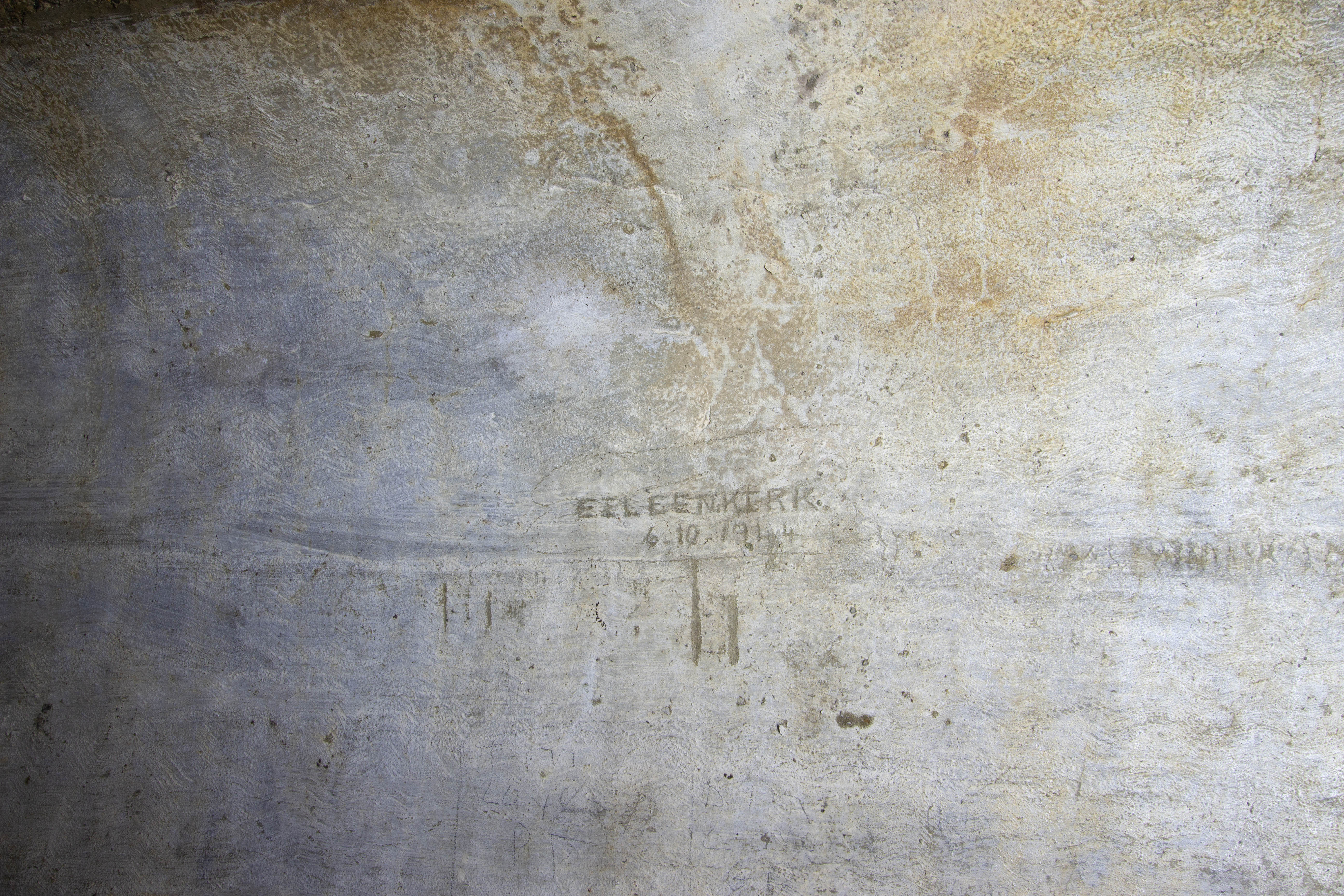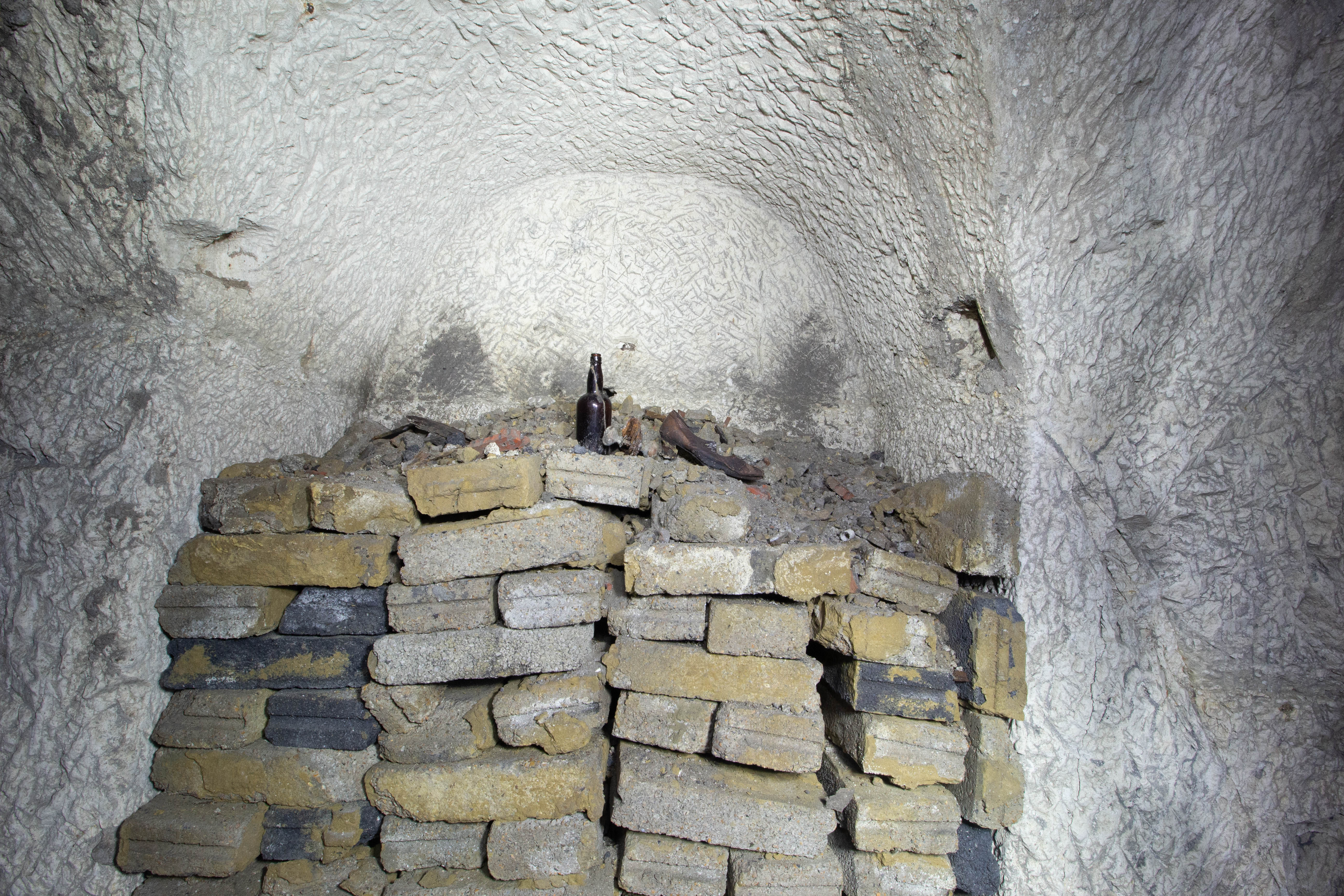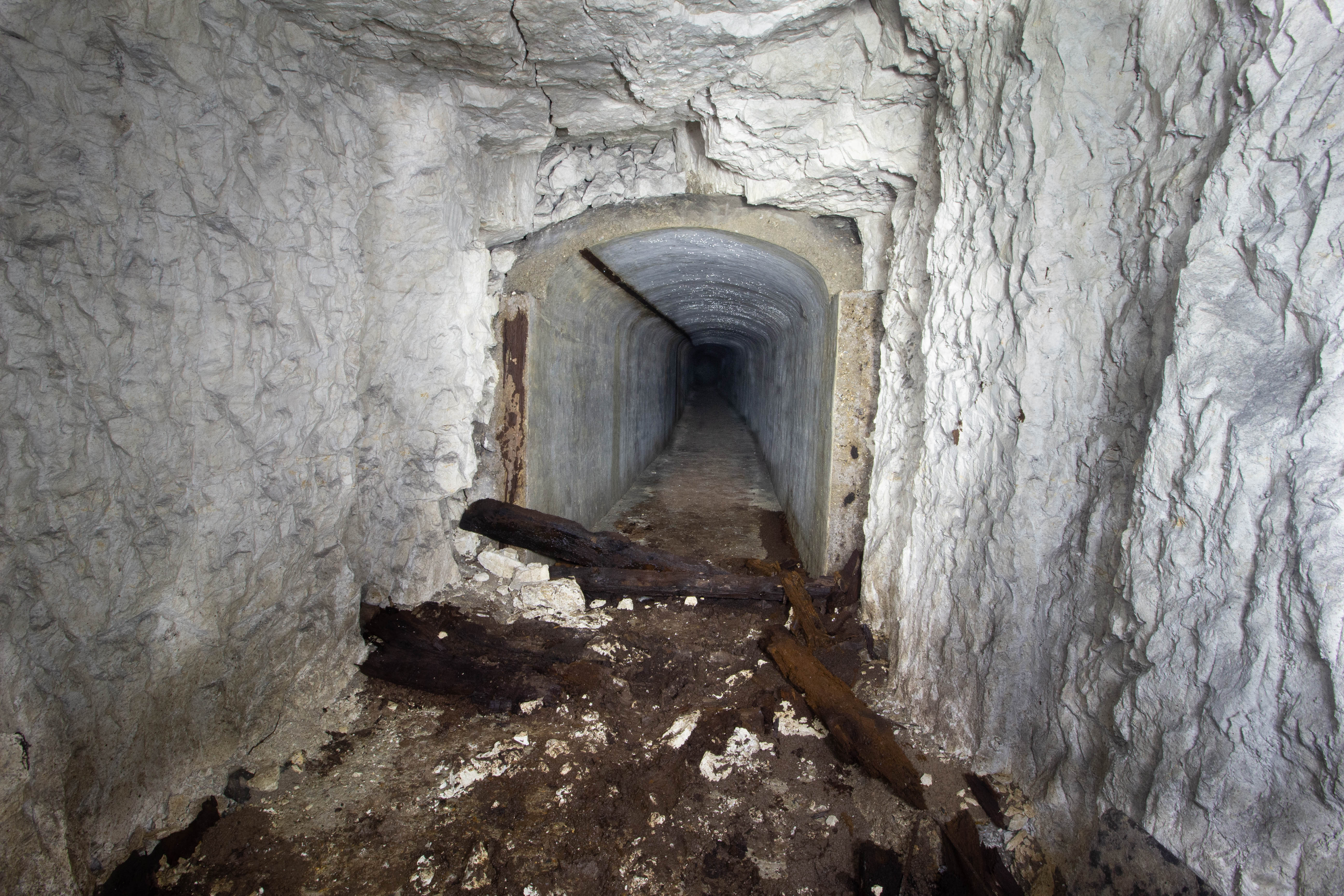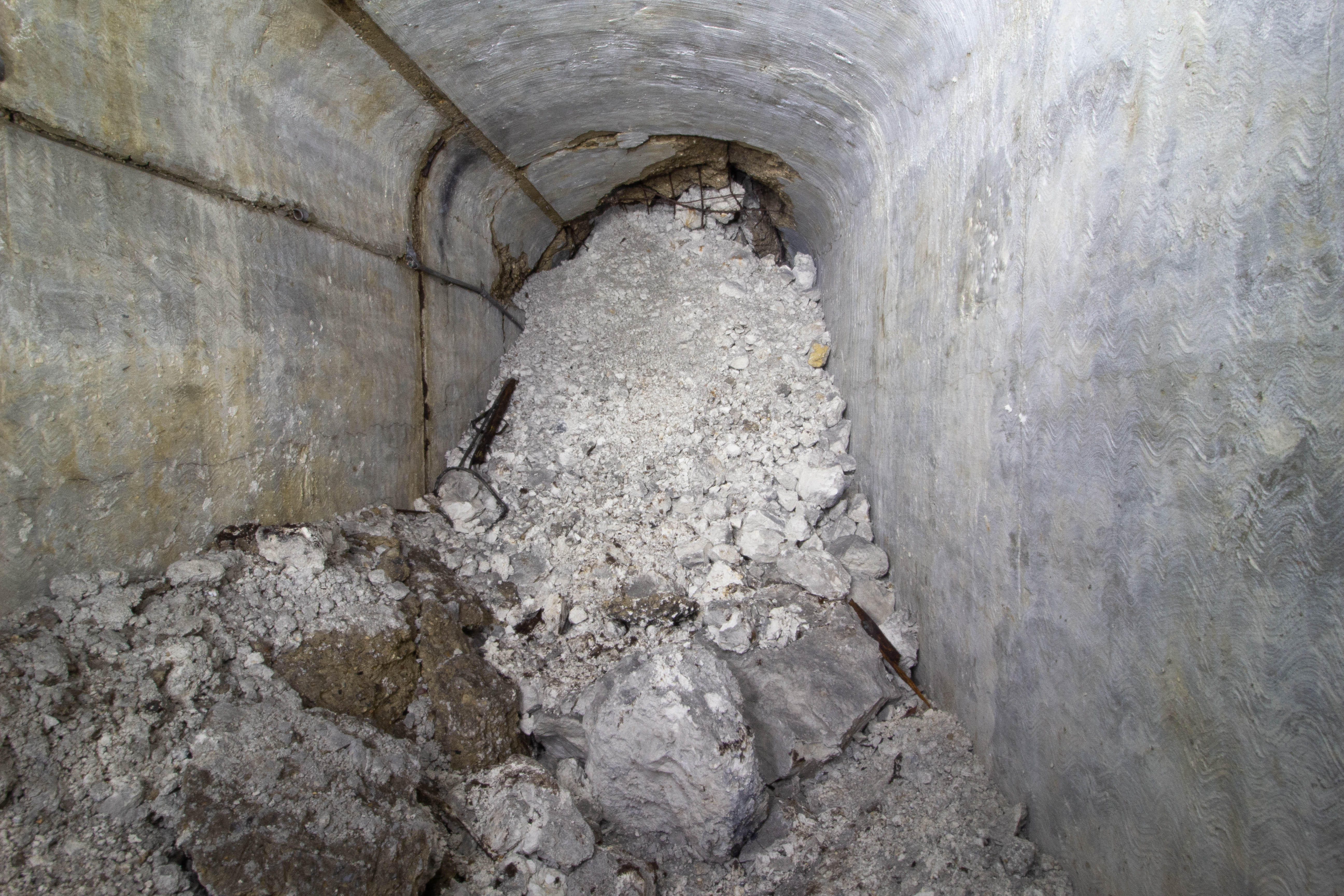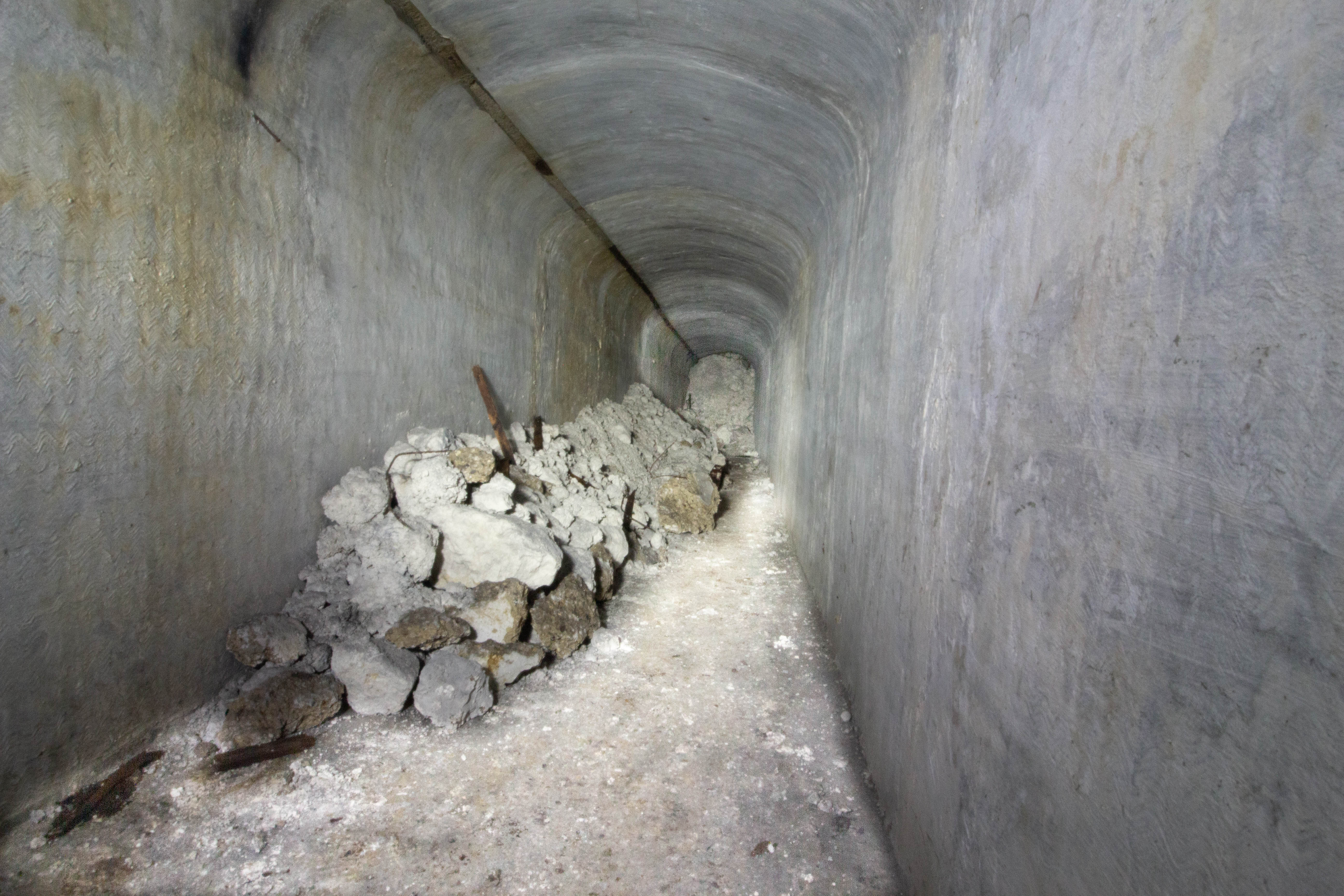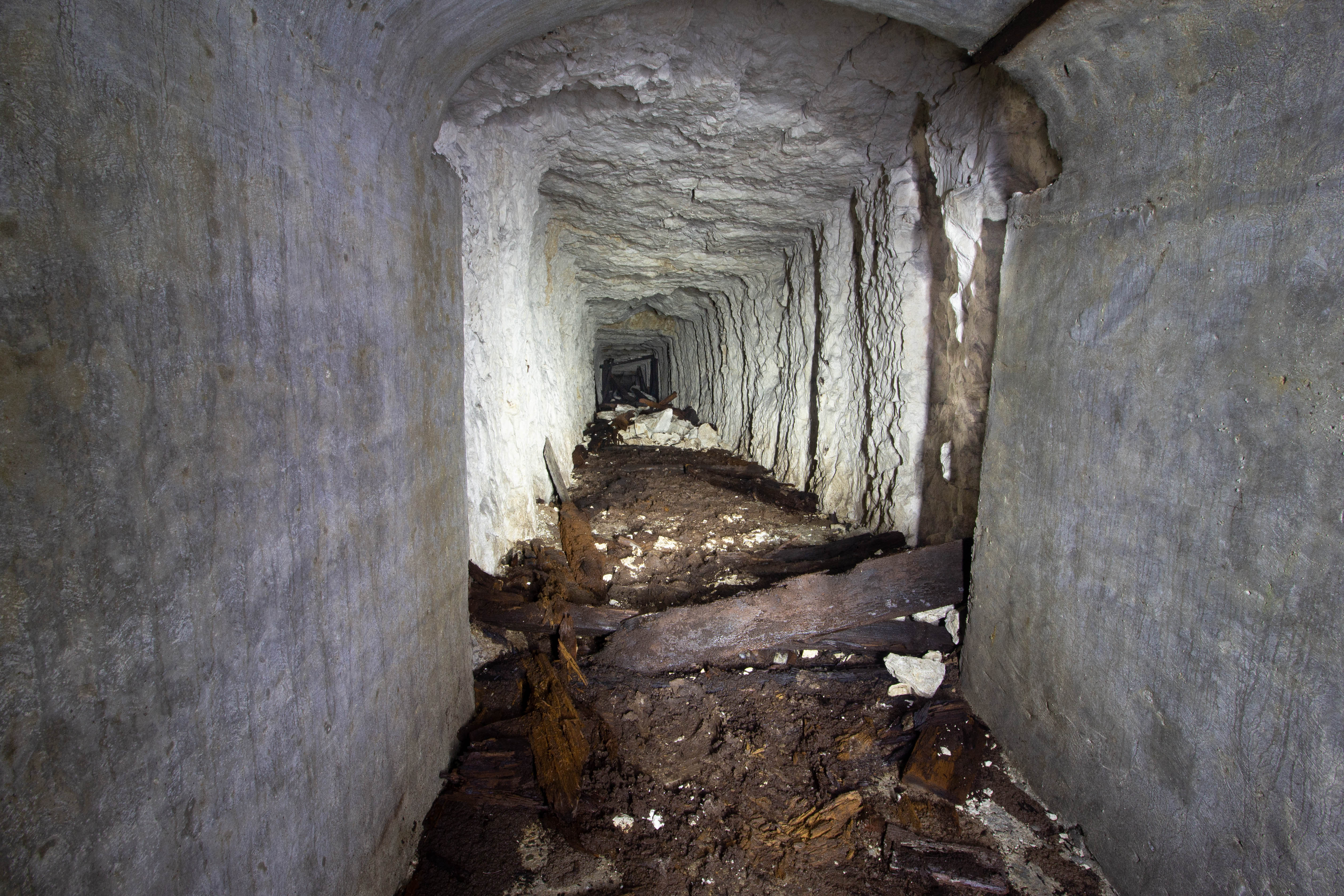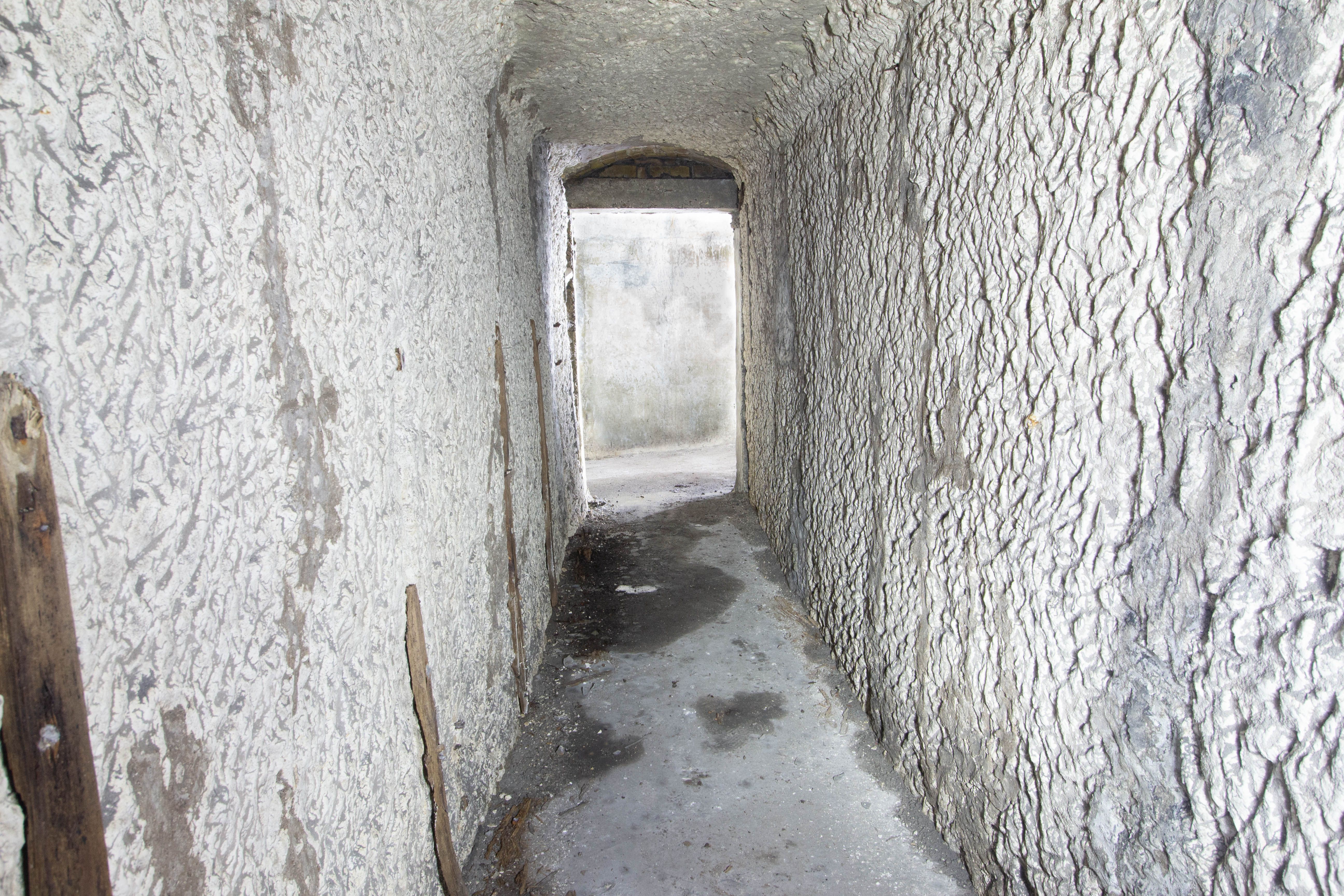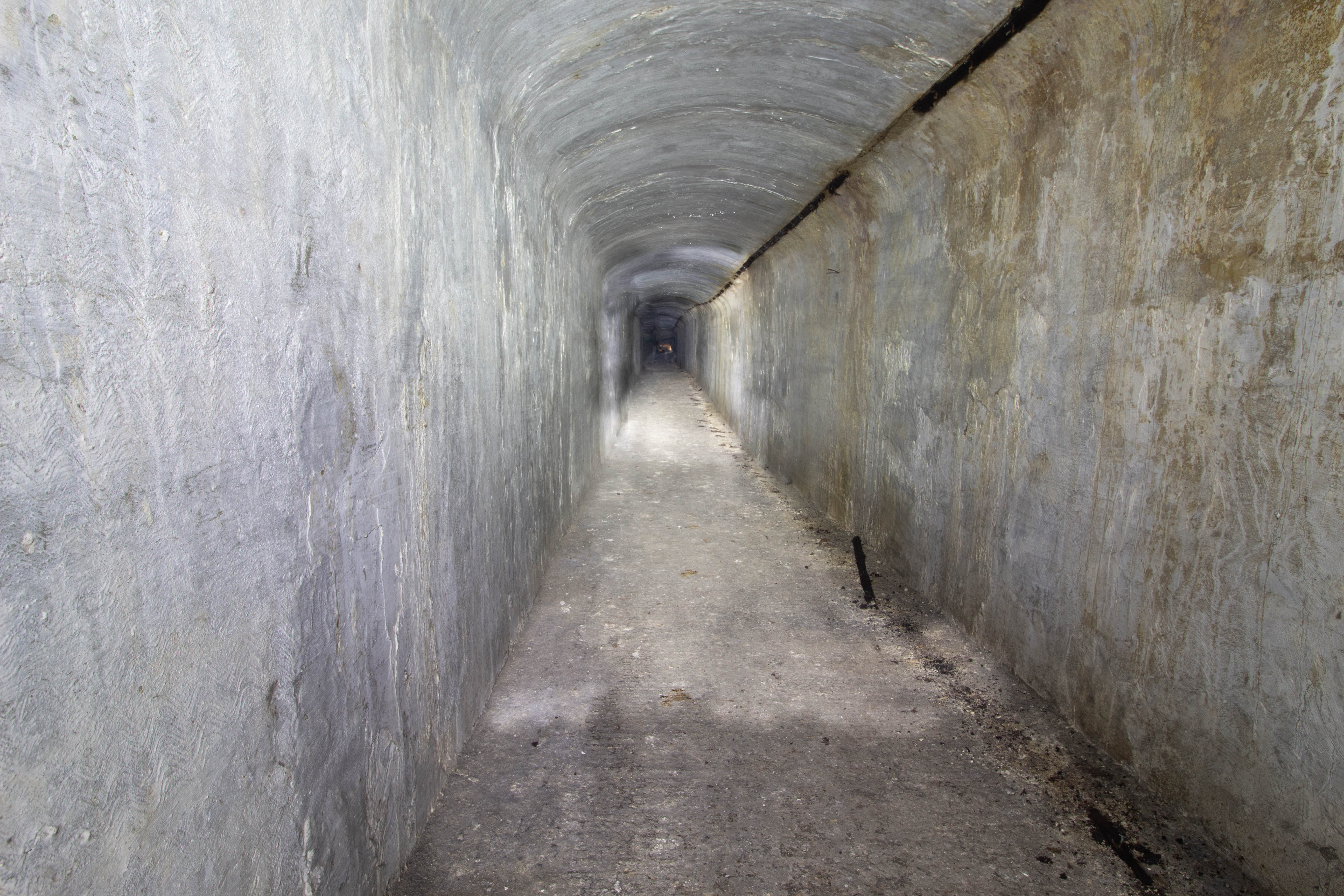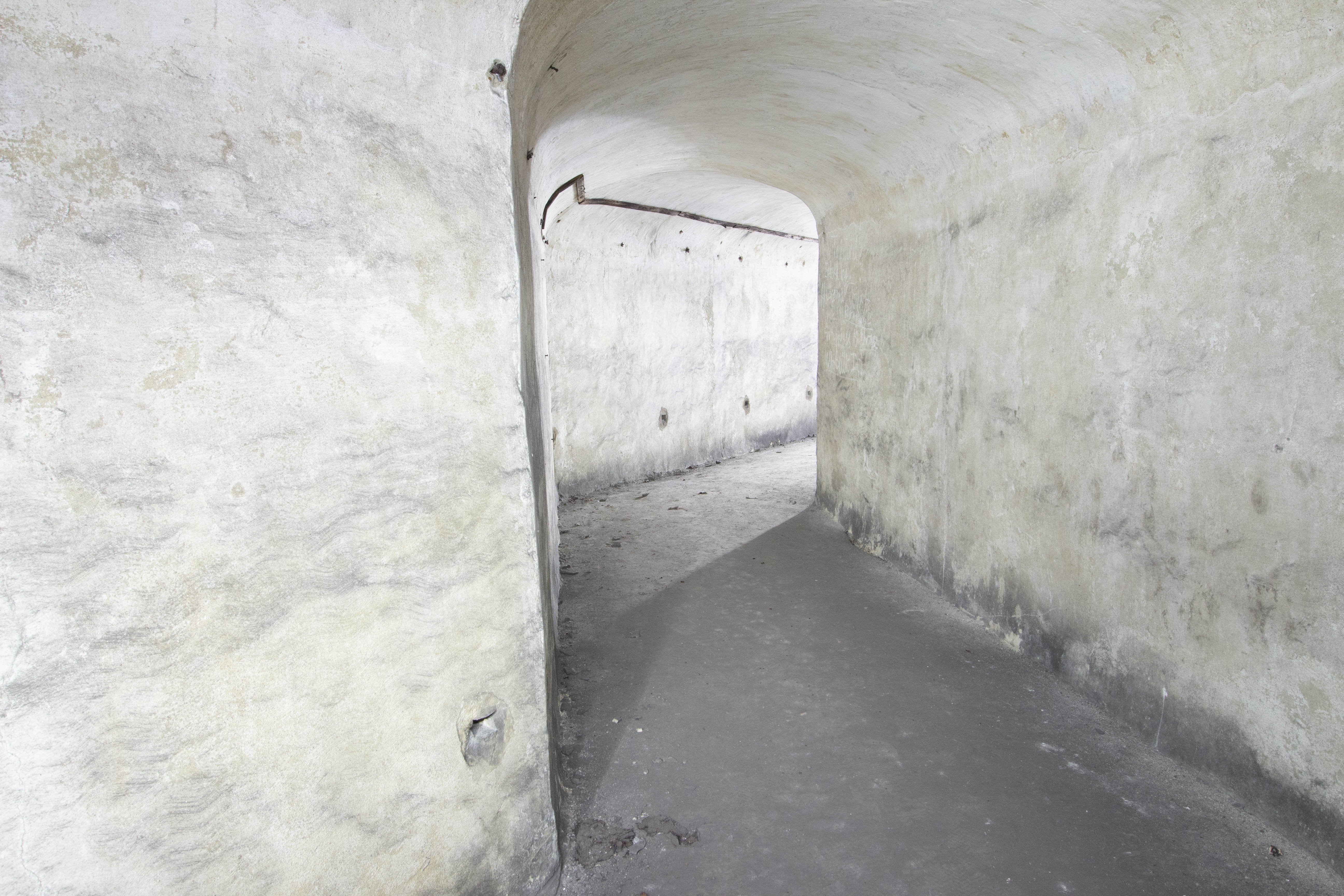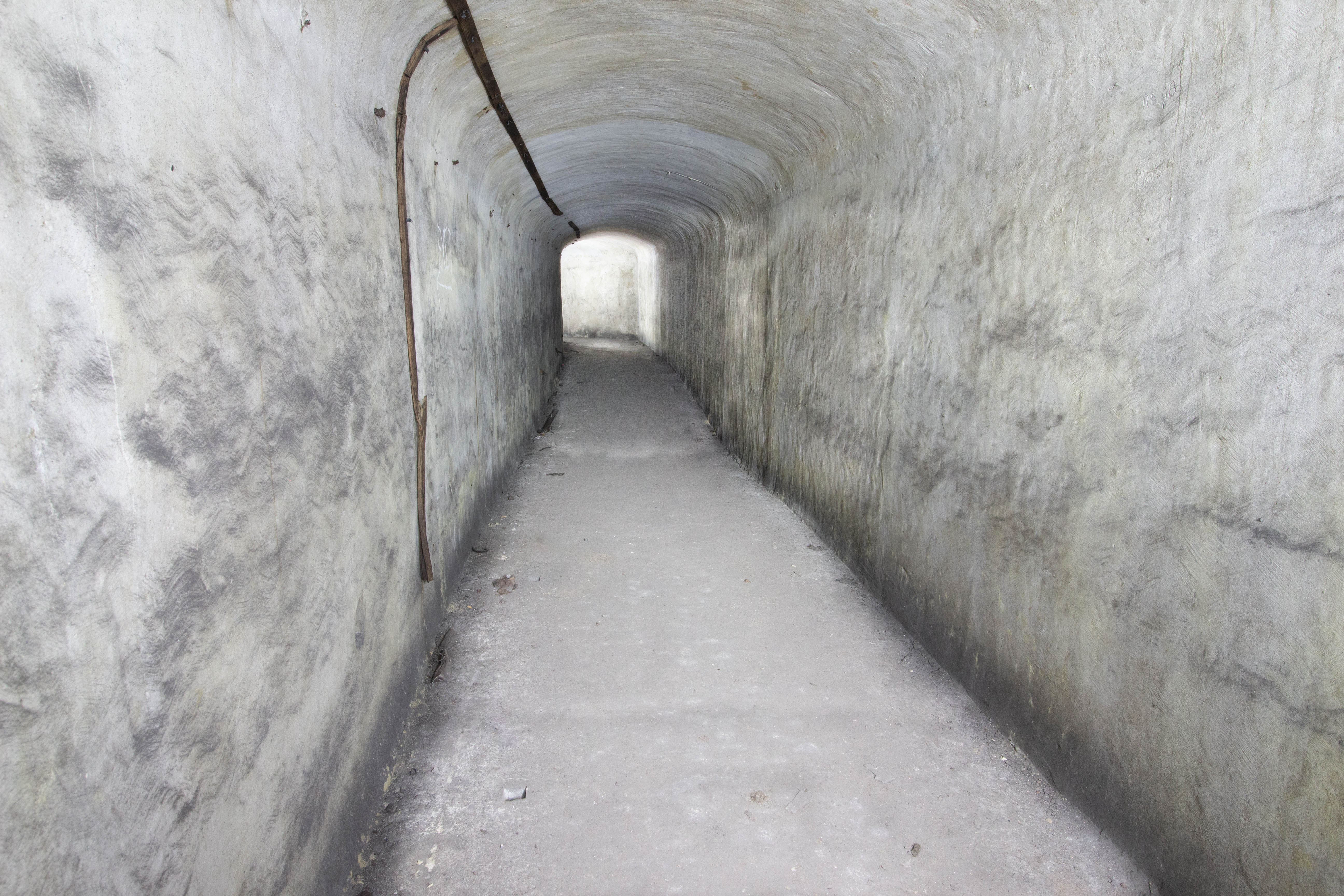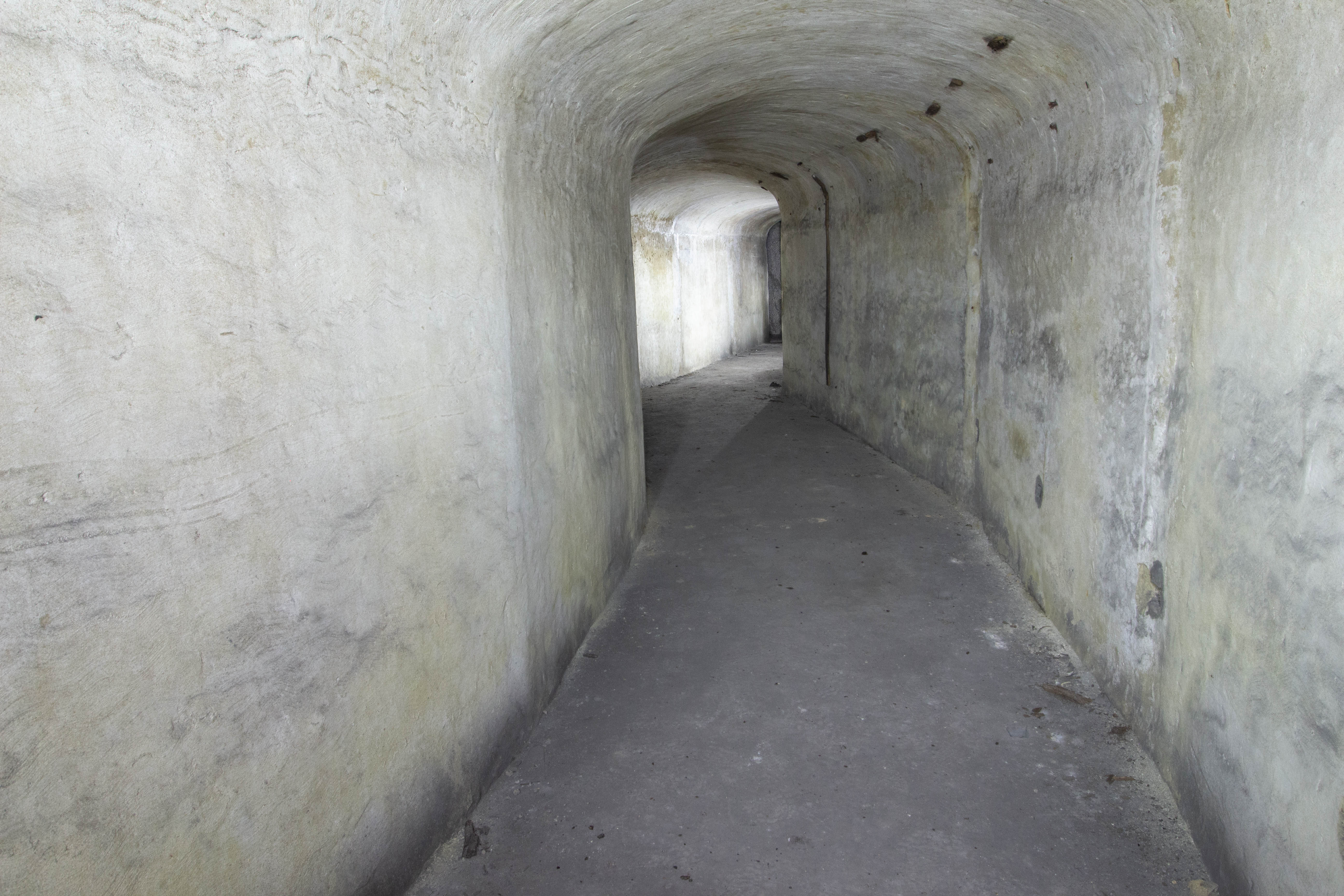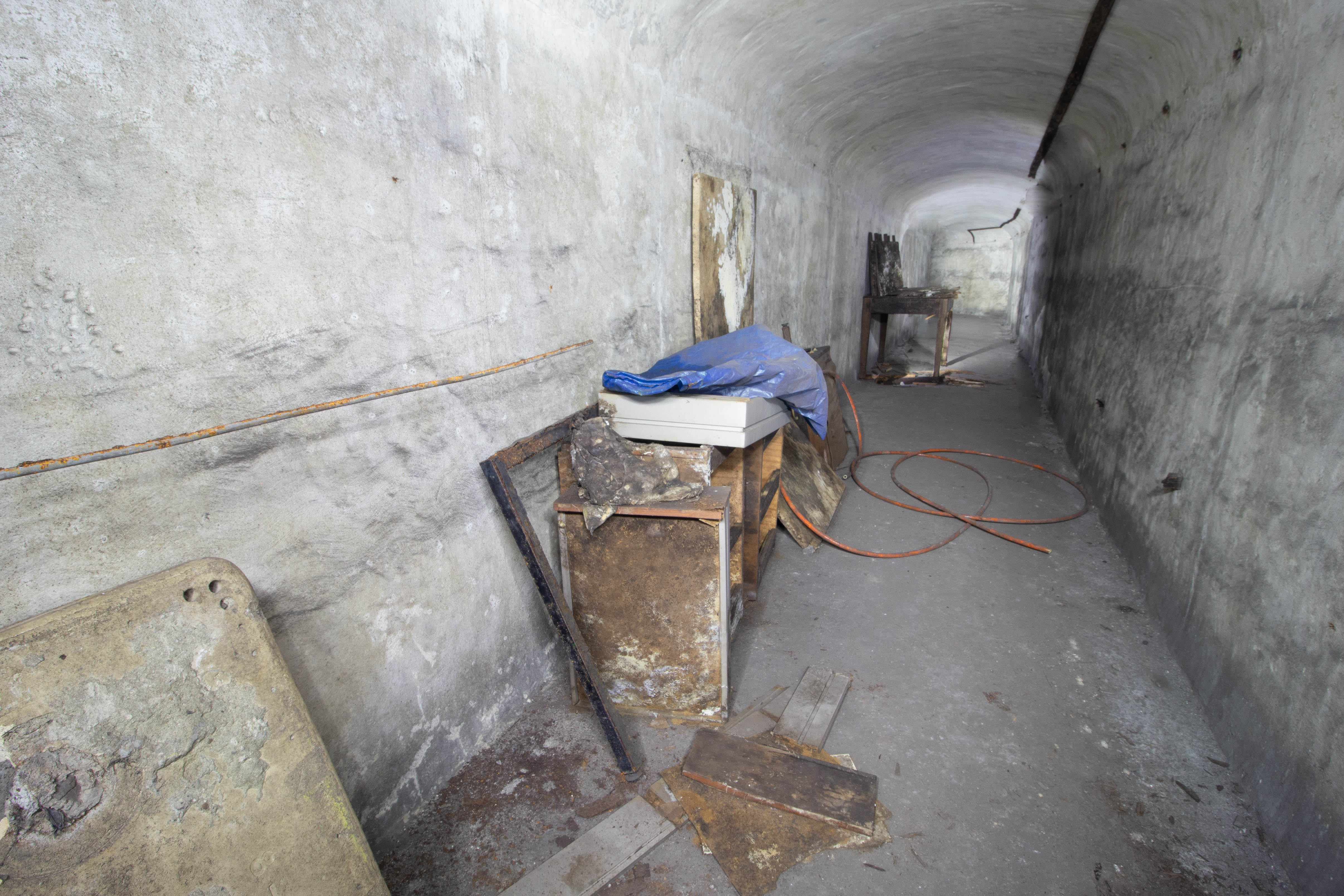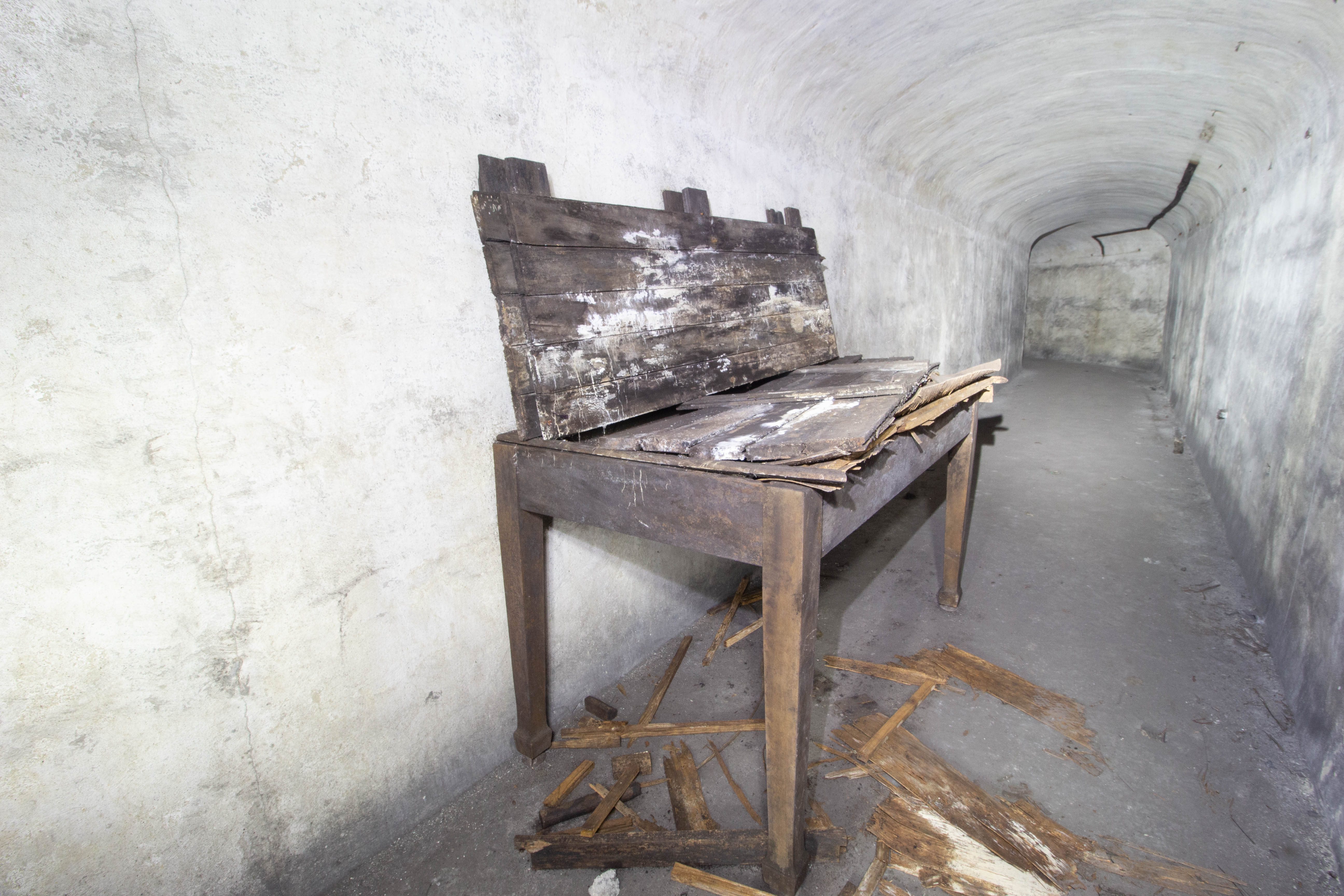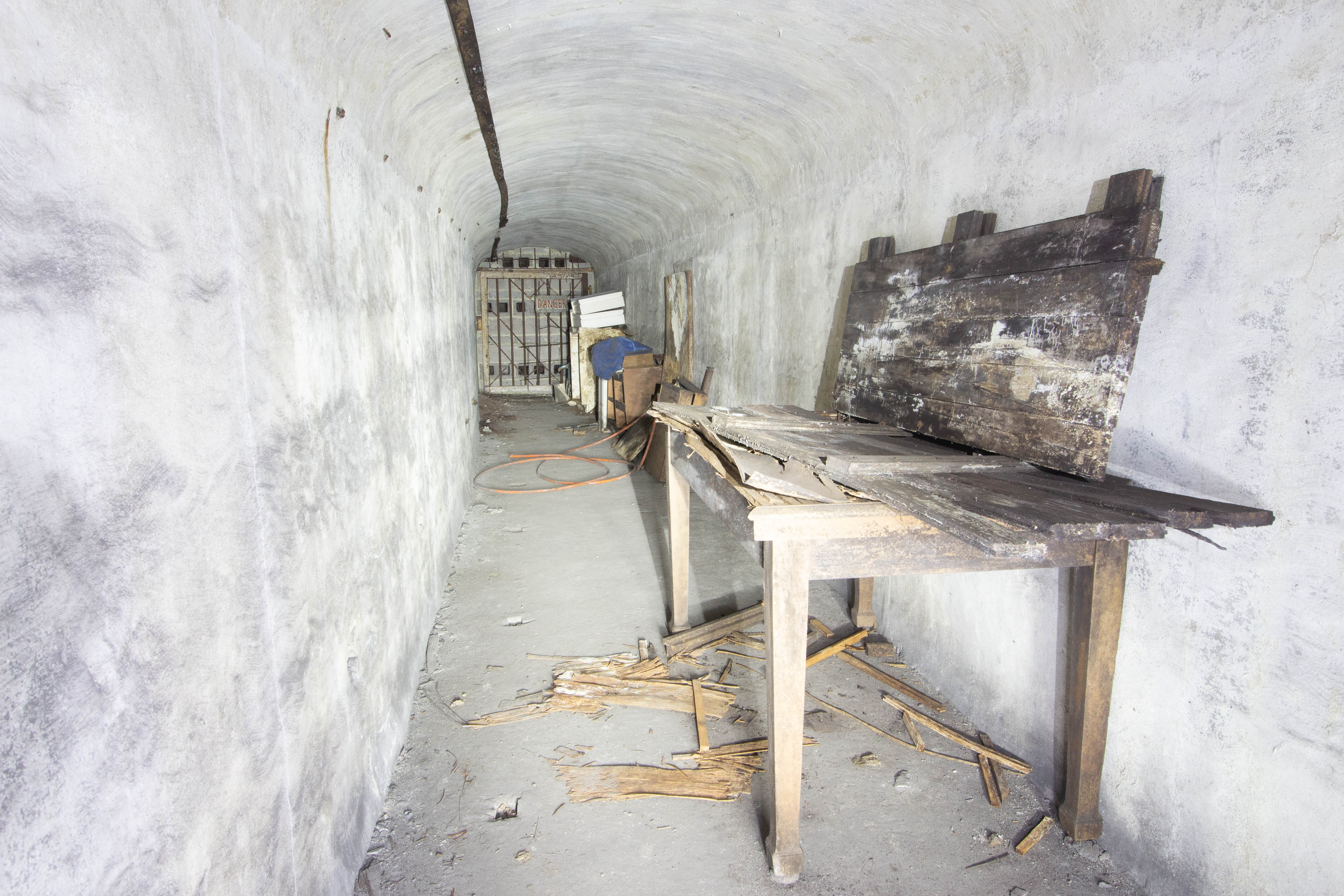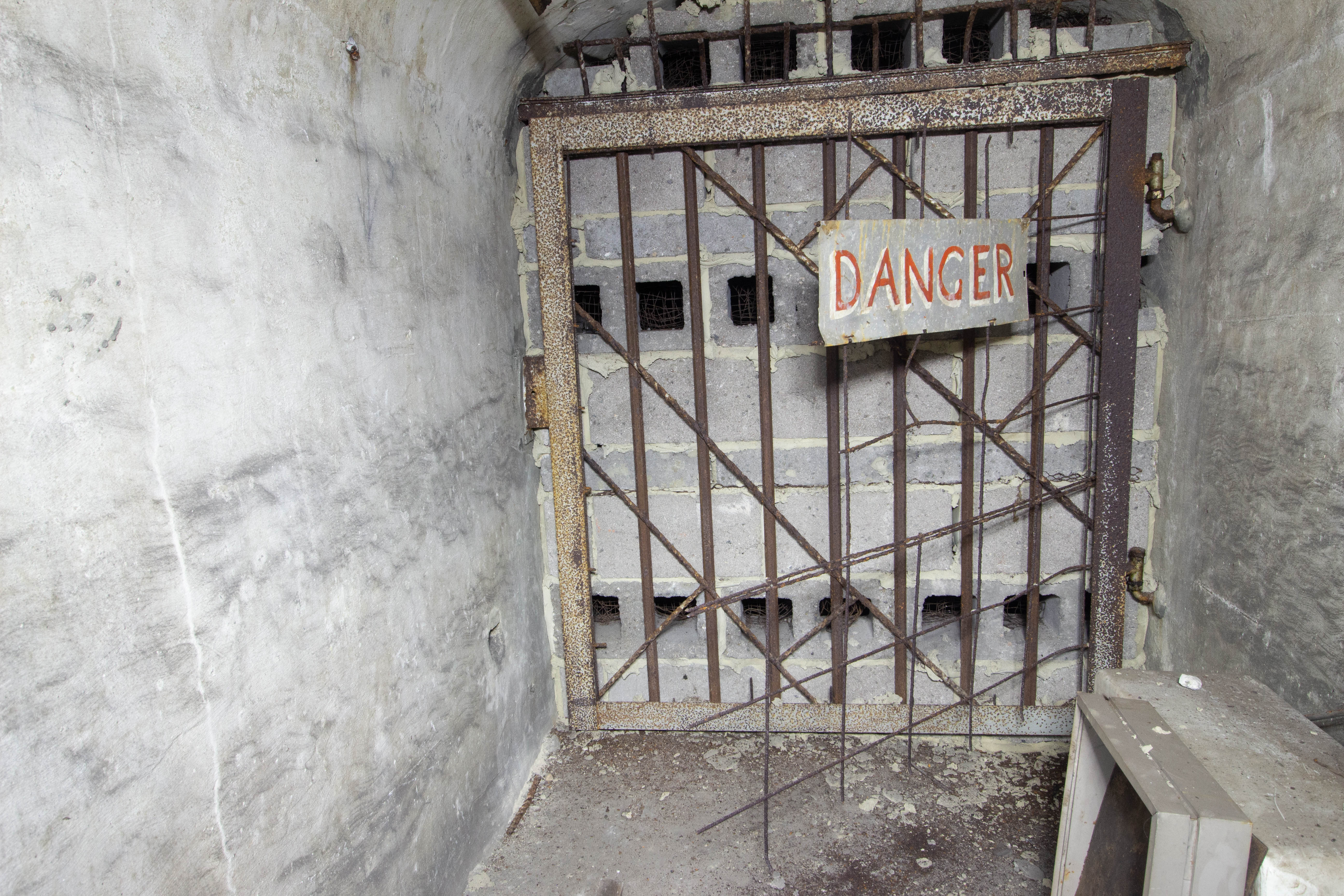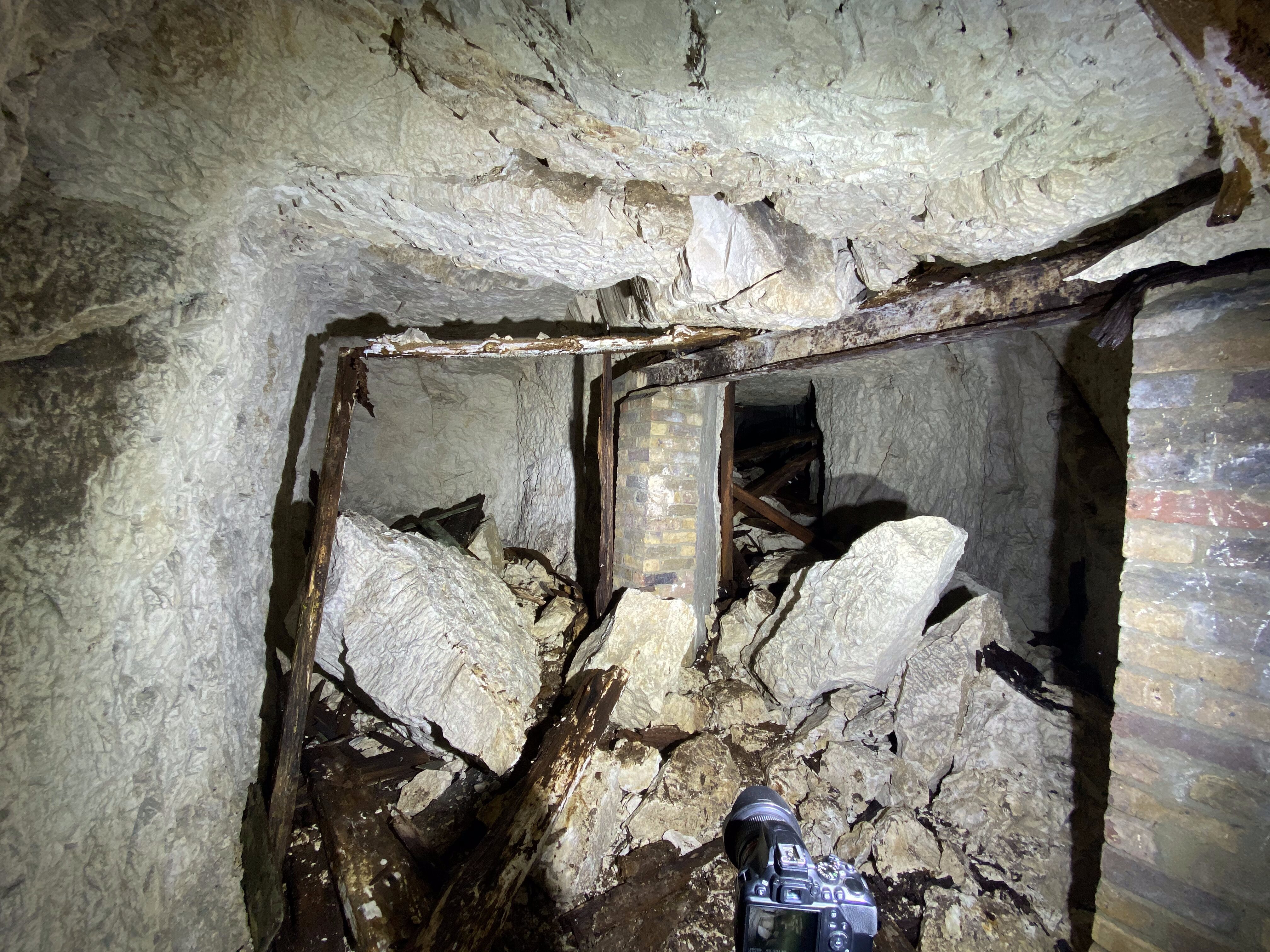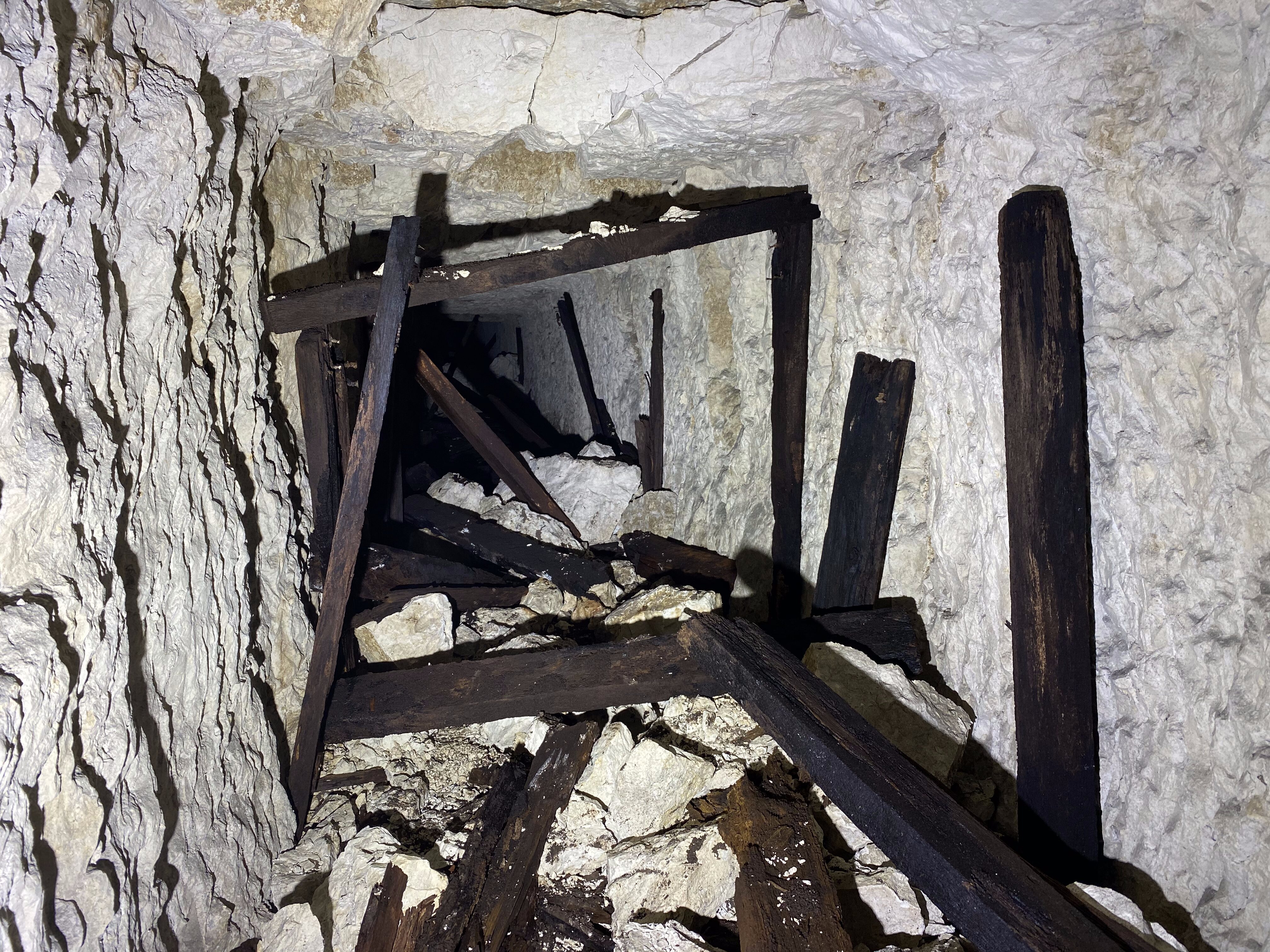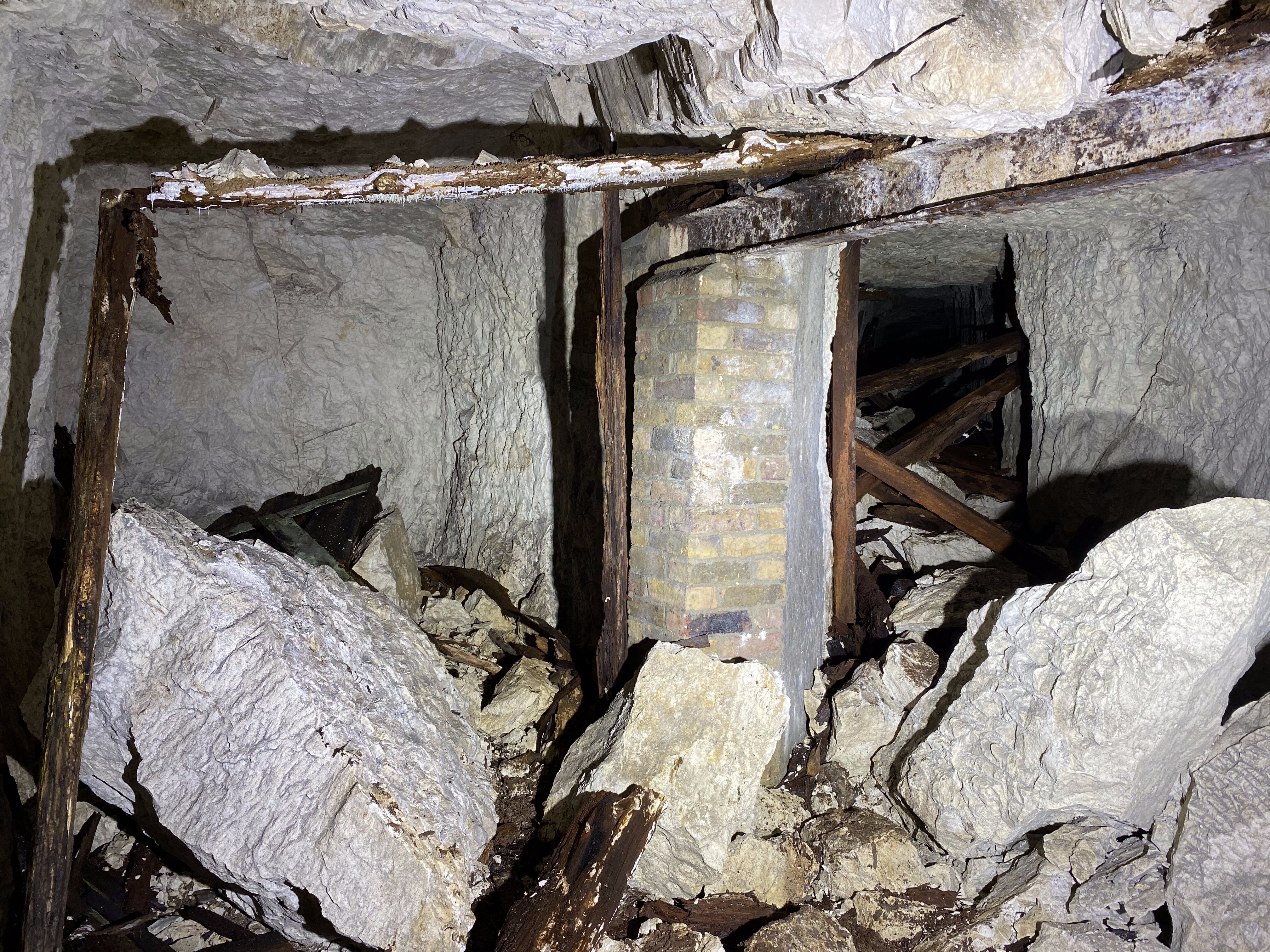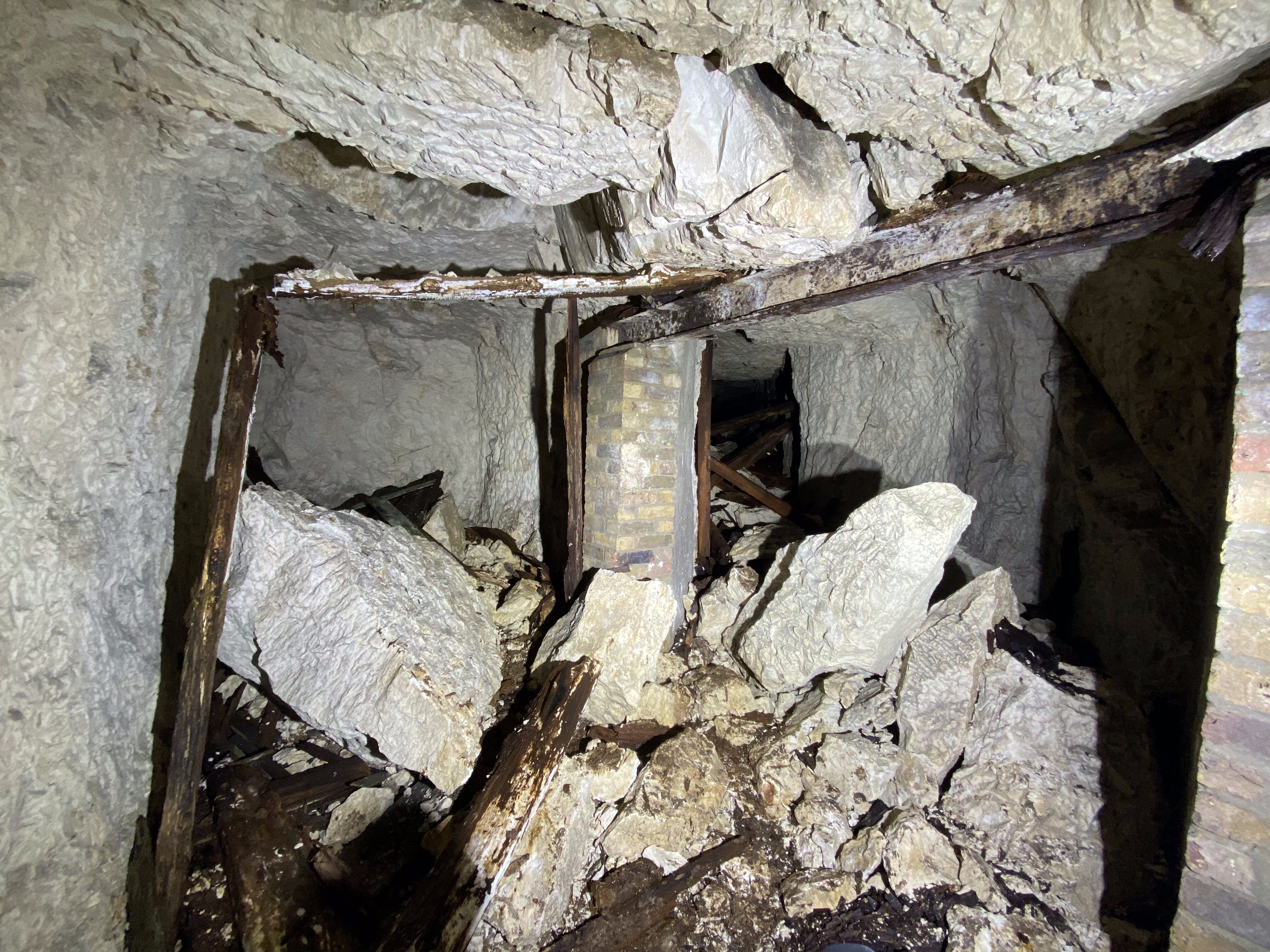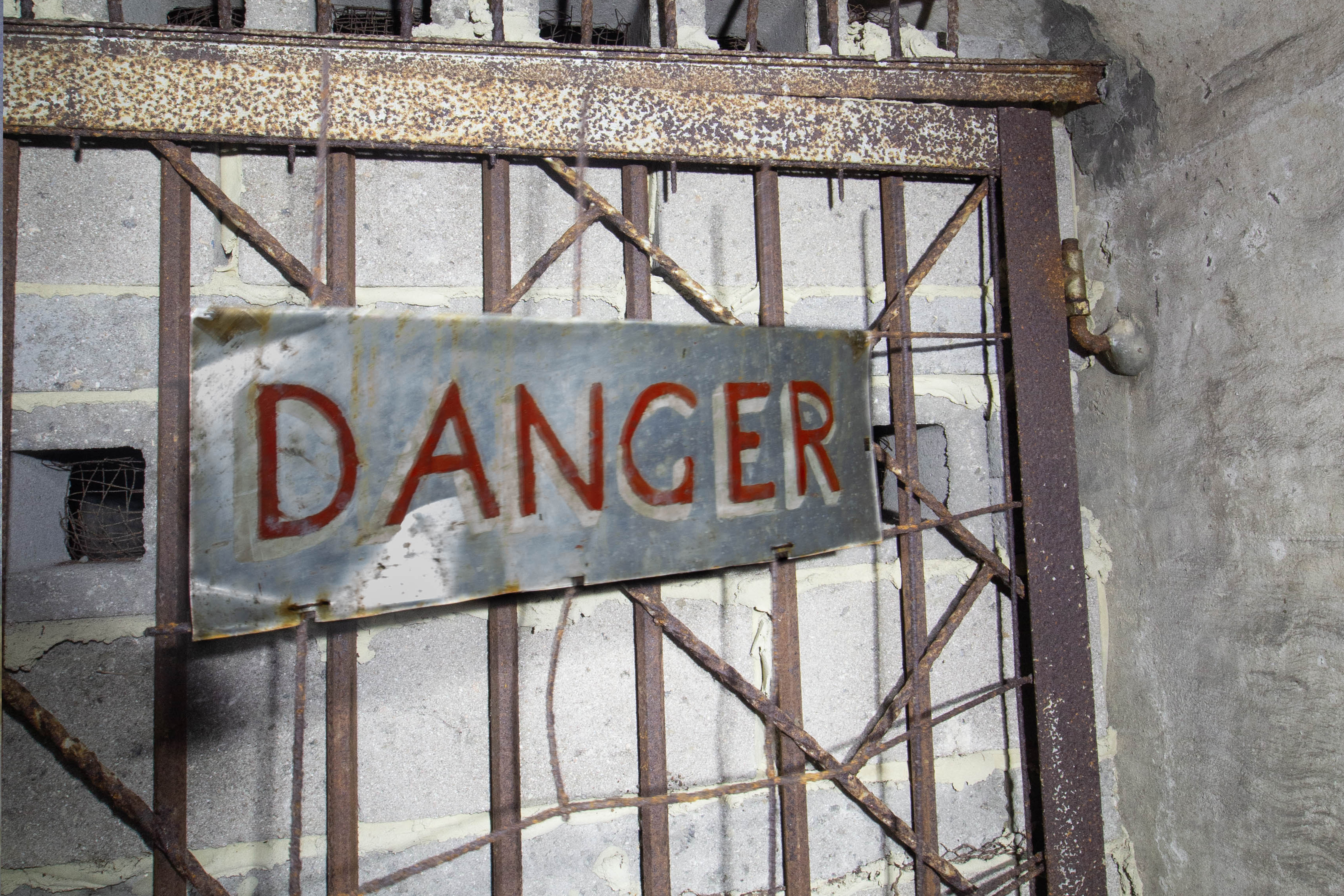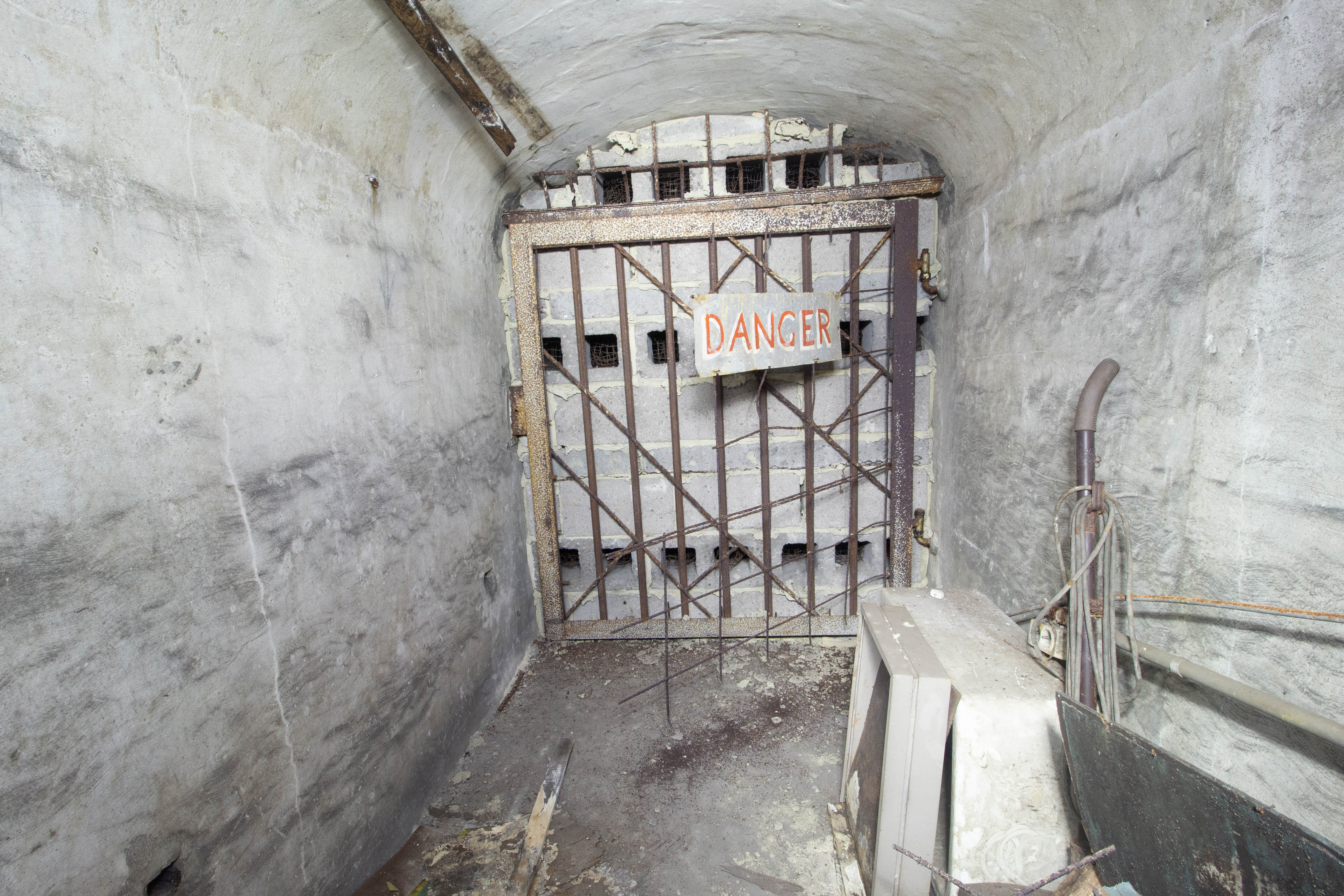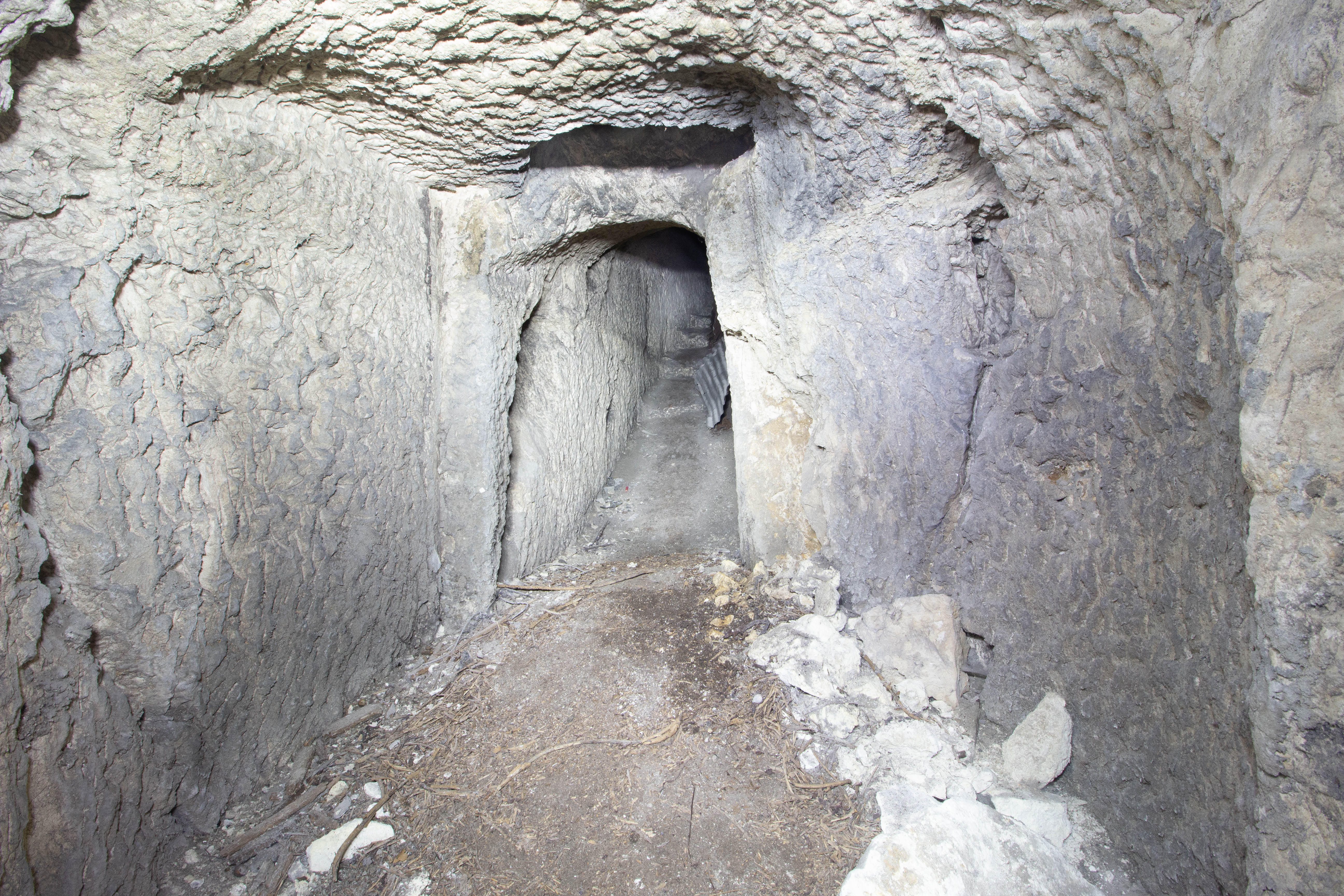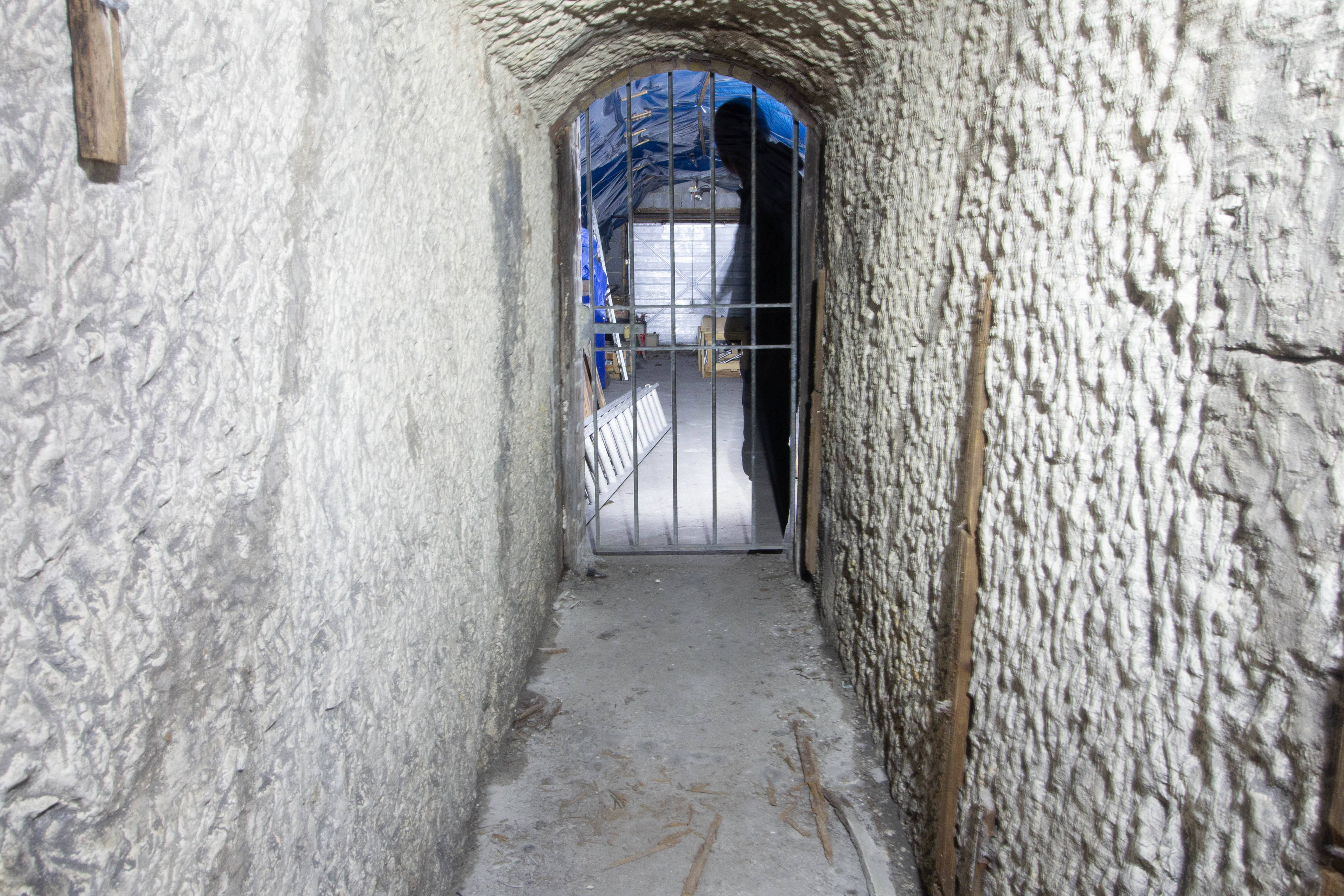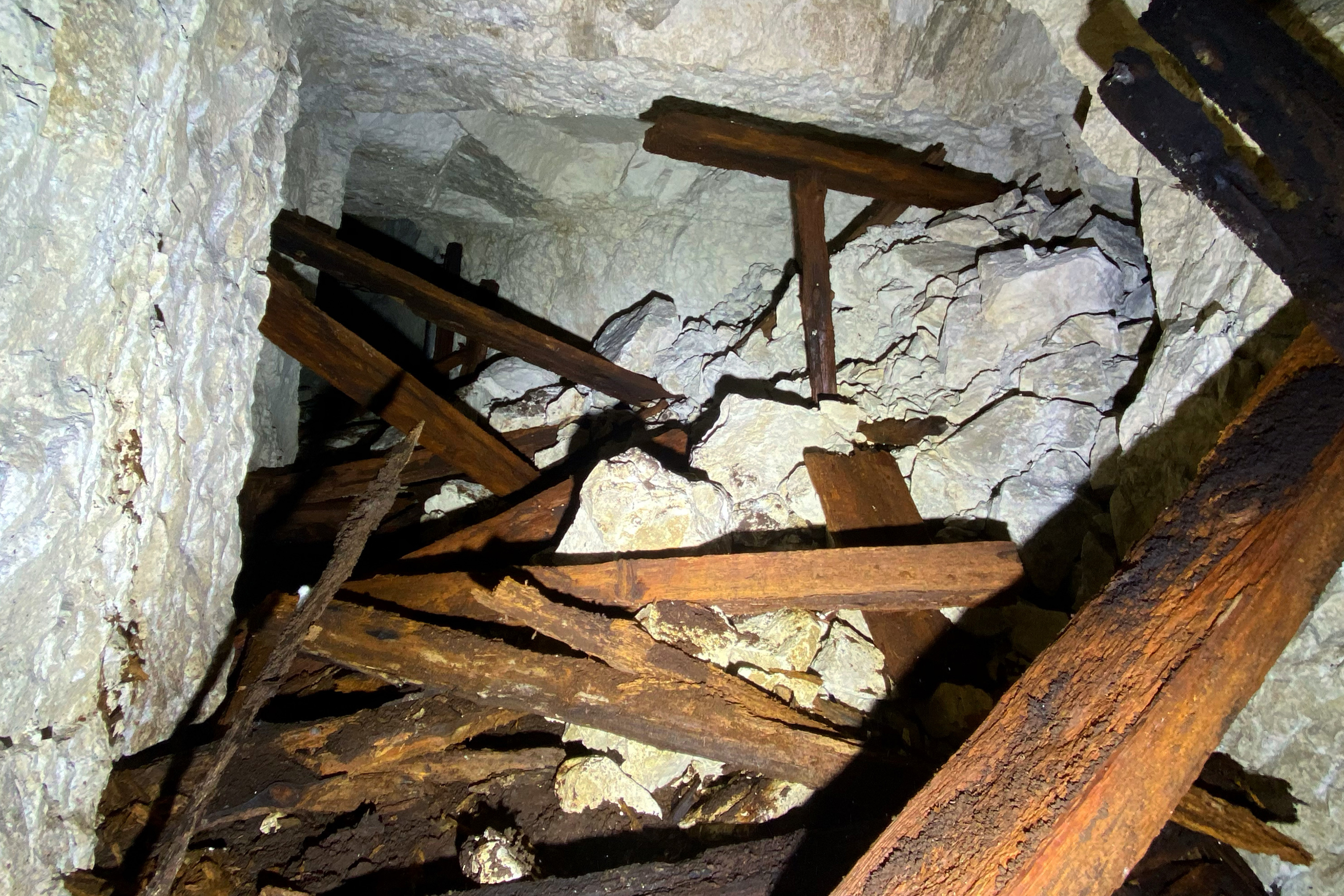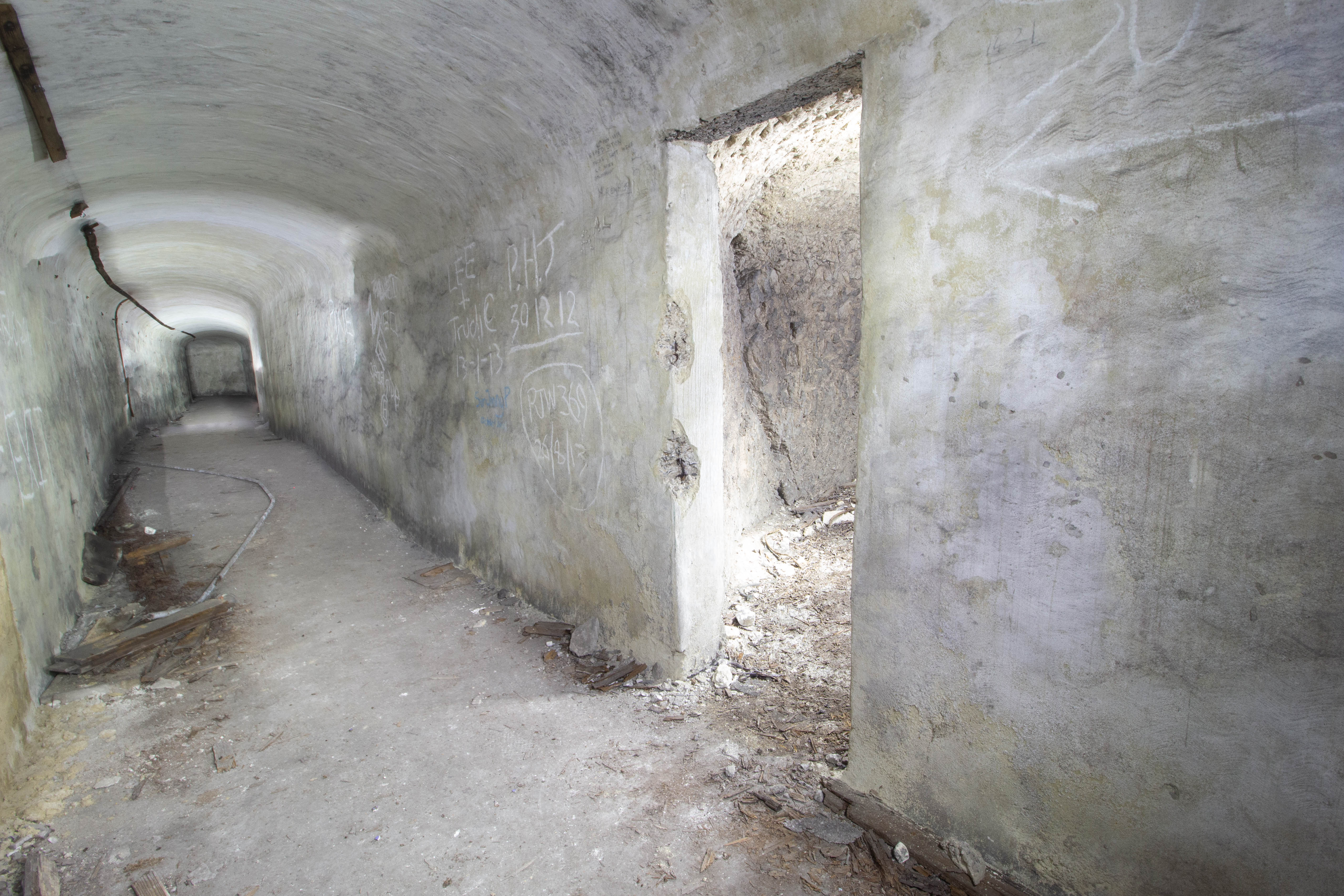Soldiers’ Home & Durham Hill Air Raid Tunnels
Set into the chalk cliffs behind Snargate Street in Dover lies a fascinating and historically layered complex of tunnels. This series includes Court’s Wine Vaults (later known as Barwick’s Caves), Croucher’s Tunnels, and the Durham Hill Tunnel, each with a distinct past, yet physically interconnected, particularly during the Second World War when they were linked to form a large air raid shelter.
The central section is known today as Croucher’s Tunnels, named after Croucher & Co. Shipwrights who occupied the premises in front of the tunnels during the 1960s and 70s. They used the tunnels primarily for storage. Before this period, the same section appears to have been known as Bushell’s Caves, presumably named after Bushell & Co., a previous occupant, although historical records on this firm are limited. This set of tunnels is composed of three parallel passageways cut into the cliff at an angle, which interconnect at the far end. Despite their age, they remain in active use today, and access to them is rare and considered a privilege.
To the west of Croucher’s lies the section originally known as Court’s Wine Vaults, created in the early 19th century by Dover wine merchant Stephen Court. Dug directly into the cliffs behind his business, the vaults were not only functional but also featured landscaped terraces and a decorative folly carved into the chalk to resemble Dover Castle. These embellishments turned the area into a local attraction during its day. After the Second World War, the premises were taken over by R.J. Barwick, a local building firm, and since then this part of the tunnel complex has often been referred to as Barwick’s Caves.
On the eastern end of the network lies the Durham Hill Tunnel, which was excavated during the Second World War specifically to serve as a secondary entrance to the shelter complex from Durham Hill. Tragically, in 1944, a section of this tunnel was struck by an enemy shell, resulting in the death of a woman who was inside at the time. The blast caused a collapse in the roof, which was never repaired, leaving that portion of the tunnel structurally unstable and isolating it from the rest of the system. This section is also referred to as the Cowgate Tunnel or Cowgate Street ARP Shelter, and due to its condition, it is currently unusable.
Prior to World War II, these tunnel systems were used independently by the businesses that occupied them. However, during the war, a connecting tunnel was cut to unify all three areas into one large air raid shelter. This new passage not only linked the Court’s, Croucher’s, and Durham Hill sections but also extended to the new entrance on Durham Hill itself. After the war, the tunnels reverted to separate ownerships, although the interconnecting features still physically link them. Aside from the Durham Hill section, which remains too dangerous to enter, the tunnels continue to serve practical purposes today and offer a rare and intriguing glimpse into both Dover’s commercial past and its wartime resilience.

